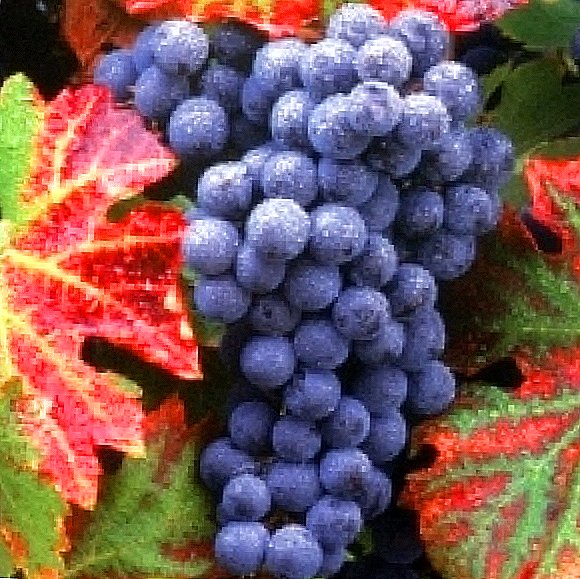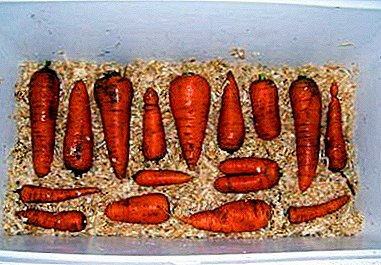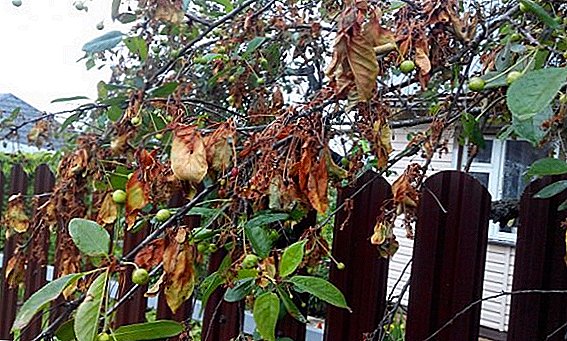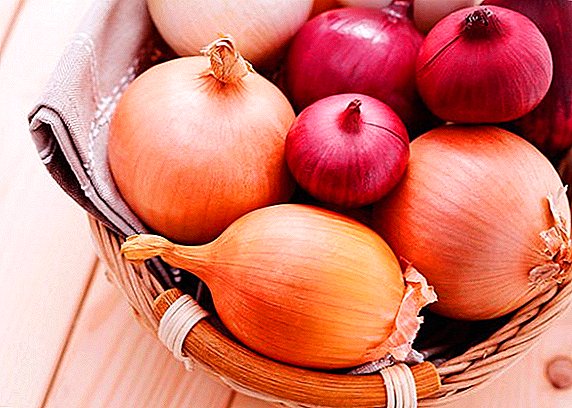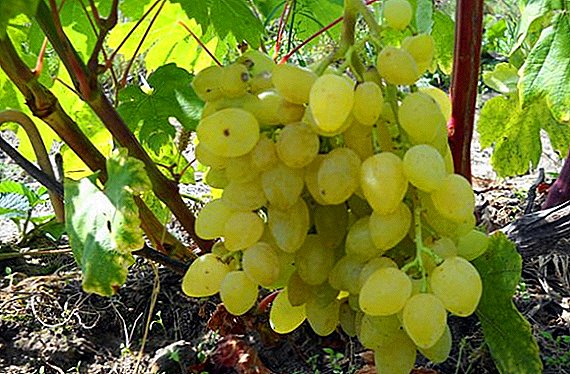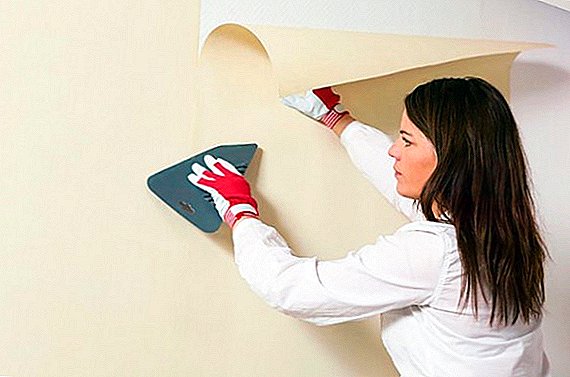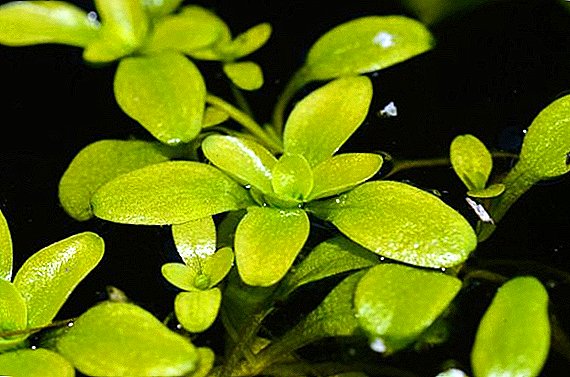 Water in the garden, even if small, can become its decoration. But for this is not enough the presence of a decorative pond. Such a pond needs to be arranged accordingly, including planting aquatic plants.
Water in the garden, even if small, can become its decoration. But for this is not enough the presence of a decorative pond. Such a pond needs to be arranged accordingly, including planting aquatic plants.
One of these plants, often used in landscape design, is a marsh.
Botanical description
Members of the genus Bolotnik (Callítriche), also called "water stars", belong to the family Podorozhnikov. This genus includes 63 species of perennial and annual plants, which, mainly growing in water bodies, are partially or completely submerged in water.
However, there are also species that spread along the ground. In landscape design, water species are commonly used, for example, the marsh bog (Callitriche palustris), or ordinary. We will consider it in more detail.
Familiarize yourself with the rules of care and selection of aquatic plants, as well as with a dozen of the best plants for the pond.
This perennial aquatic plant with a height of 3 to 50 cm, forms floating rosettes of leaves and flowers. When drying, shallow waters form a ground form with creeping stems and narrow elliptic or broad-linear leaves. The underwater part of the bog has a translucent leaves of a linear or narrowly elliptical shape.  The surface leaves are bright green, elliptical, or ovate, often nearly round, forming beautiful multi-rayed stars. Growing in too deep places, the plants may not reach the surface.
The surface leaves are bright green, elliptical, or ovate, often nearly round, forming beautiful multi-rayed stars. Growing in too deep places, the plants may not reach the surface.
Did you know? The largest aquatic plant with floating leaves is Victoria, belonging to the family Nymphaeaceae and growing in the Amazon. Its leaves reach three meters in diameter and are able to withstand 50 kg load.The flowers are small, green, difficult to distinguish against the general background, up to 1 cm in diameter. They bloom from May to September. They are pollinated by water. The fruits are brown-green boxes containing seeds.
Habitat and habitat
The plant is extremely widespread. In nature, it is found throughout Europe, in the temperate climate zone of Asia, in the same climatic conditions of North America.
The bog grows usually in the shallow waters of lakes, ponds, oxbows, as well as on overmoistened, periodically flooded soils. The optimal depth for it is about 20-30 cm. When the water level in the reservoirs drops, the bog marsh will transform into a land form. 
Growing up
The seeds of bog ordinary can be purchased in specialized stores or ordered by mail. They do not need any processing or germination before planting.
Seeds are best planted immediately after purchase, because without moisture, they do not last long vitality. They can be stored for some time, temporarily landed in a container with a wetted soil.
Since the bog is very cold-resistant, it is permissible to plant its seeds in the spring when the reservoir is free from ice.
The landing process is very simple:
- The container for planting is filled with soil (loam is best suited).
- Seeds are planted in the ground, slightly buried.
- The container with the planted seeds is placed on the bottom of the reservoir, sinking no more than 30 cm (planted at this depth of the plant will look most impressive).
Important! When planting bogs, you can do without containers and plant seeds directly to the bottom of the reservoir or into the wet coastal zone, digging them into the ground so that birds do not float or peck them.
Care
Bolotnik growing in an ornamental pond does not need special care. After planting, this plant usually multiplies by self-sowing, it is pollinated with water. Over time, the bog can greatly grow, then it will have to thin out with a rake. He doesn’t need any special qualities of water; he develops very well in an ordinary pond, which is cleaned as necessary.
Over time, the bog can greatly grow, then it will have to thin out with a rake. He doesn’t need any special qualities of water; he develops very well in an ordinary pond, which is cleaned as necessary.
Sometimes this plant is grown in an aquarium or in any container capable of holding a layer of soil of 5-7 cm and a layer of water of 20-25 cm. In this case, the container with the bog is usually held outdoors.
For normal development, it is recommended to place it in a sunny area or in partial shade. Periodically, especially on hot days, it will be necessary to add distilled water of room temperature into this tank.
Important! The marsh grower in an aquarium needs a constant stay in the aquatic environment. With this method of growing, the water-deprived plant quickly dies.
Diseases and pests
Bolotnik is resistant not only to cold, but also to diseases. Diseases characteristic of this plant is not marked.  However, you may encounter such difficulties:
However, you may encounter such difficulties:
- It may suffer some damage due to excessive growth of certain types of green unicellular algae. Such a growth causes water to bloom, accompanied by an increase in carbon dioxide and toxic decomposition products. However, with a dense settlement of the reservoir (at least one third of the surface), such representatives of the aquatic flora, such as water lilies, nodules and the same bogs, flowering becomes impossible.
- Mosquito-cryototopus can lay eggs on the leaves of the plant. Hatching larvae eat the soft tissue of plants. They fight this problem by destroying damaged plants, as well as using mosquito traps.
- Wreckers can be snails such as common pond snails. Usually they eat organic debris that accumulates on the bottom, but after multiplying excessively, healthy plants can start to eat. In this case, to reduce their population, they collect the snails manually.
Did you know? The bog growing in nature is of great importance in fisheries. Its thickets serve as a refuge for various small aquatic animals and their larvae, they protect fry from predators rather well. In the same place fish lay eggs. The mass of a bogger extracted during the cleaning of water bodies can serve as an excellent fertilizer.
Breeding
The vegetative method of reproduction of this plant is widely applied.  To do this, perform the following actions:
To do this, perform the following actions:
- Cut off part of the stem from the mother bush.
- Cut the shoots tied beam in their lower part.
- Attach cargo to them from below.
- The beam thus formed is placed in water.
Learn how to care for a hauttuynia heart-shaped, nymph, eyhorniya.In addition to the vegetative method, this species breeds and seeds, without human intervention. The ripened bog fruit falls into four parts, each of which contains a seed. These parts are carried by water around the reservoir, and once on the ground, they soon give escape.
As you can see, the bog is an extremely attractive object for the settlement of a decorative pond. This plant is very unpretentious, resistant to diseases and pests, however, in addition to the aesthetic function, contributes to the formation of biocenosis in the reservoir. All care is only in the periodic thinning of the undergrowth with a rake.



